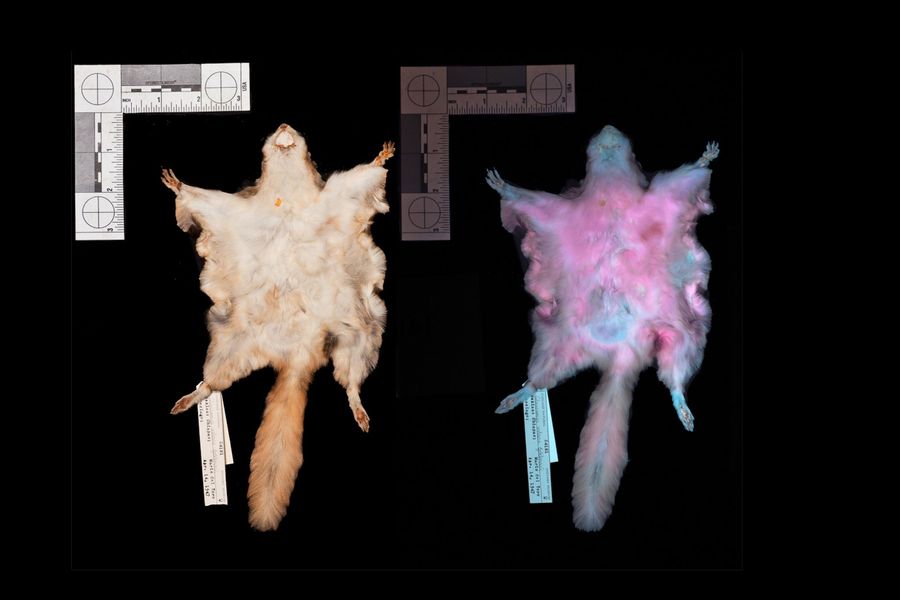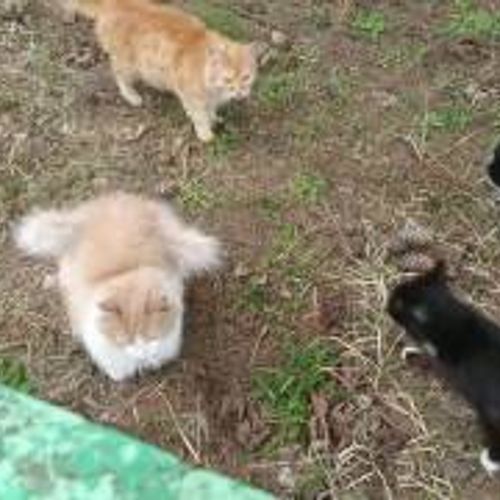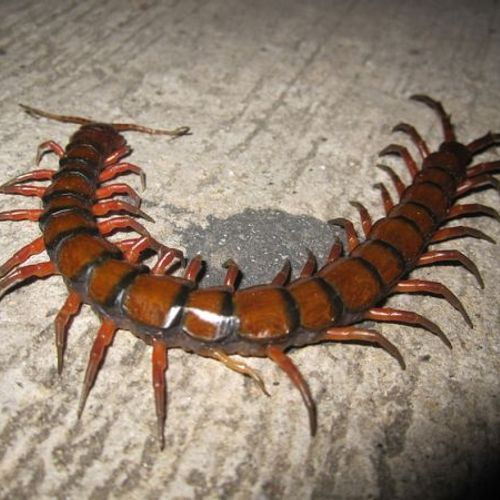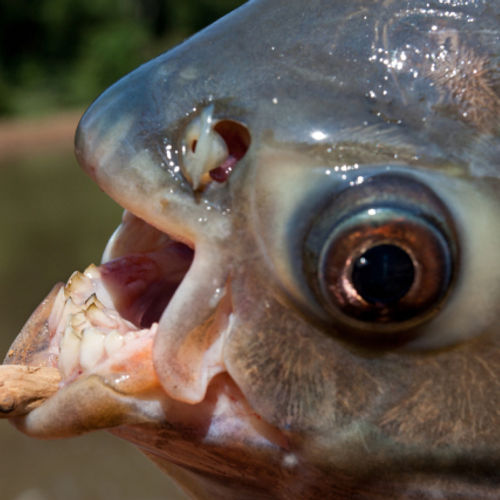
| Added | Mon, 04/02/2019 |
| Источники | |
| Дата публикации | Wed, 23/01/2019
|
| Версии |
One spring night in Wisconsin biologist William John Martin was sitting in the back with a UV flashlight. Suddenly flying a bright pink protein.
It was a southern flying squirrel, small furry creature, most active at dawn and dusk. In most cases it has a warm brown color, but in the light of the torch Dr. Martin he looked a bright shade of Day-Glo, closer to what you might see in a nightclub.
"He told his colleagues at Northland College, but everyone was pretty skeptical," said Allison Kohler, a graduate of Texas A&M.
Dr. Martin asked Kohler, then learning at the Northland, to understand this. Examining more than 100 specimens of flying squirrels in two Museum collections and found five more protein by ultraviolet radiation in the wild, the researchers and their colleagues reported surprising results last week in the journal of Mammalogy.
Translated by «Yandex.Translator»
Usually the flying squirrel has a brownish color on the left. But the UV light shows that it glow bright pink.
Photo Northland College
Translated by «Yandex.Translator»
Новости со схожими версиями
Log in or register to post comments









